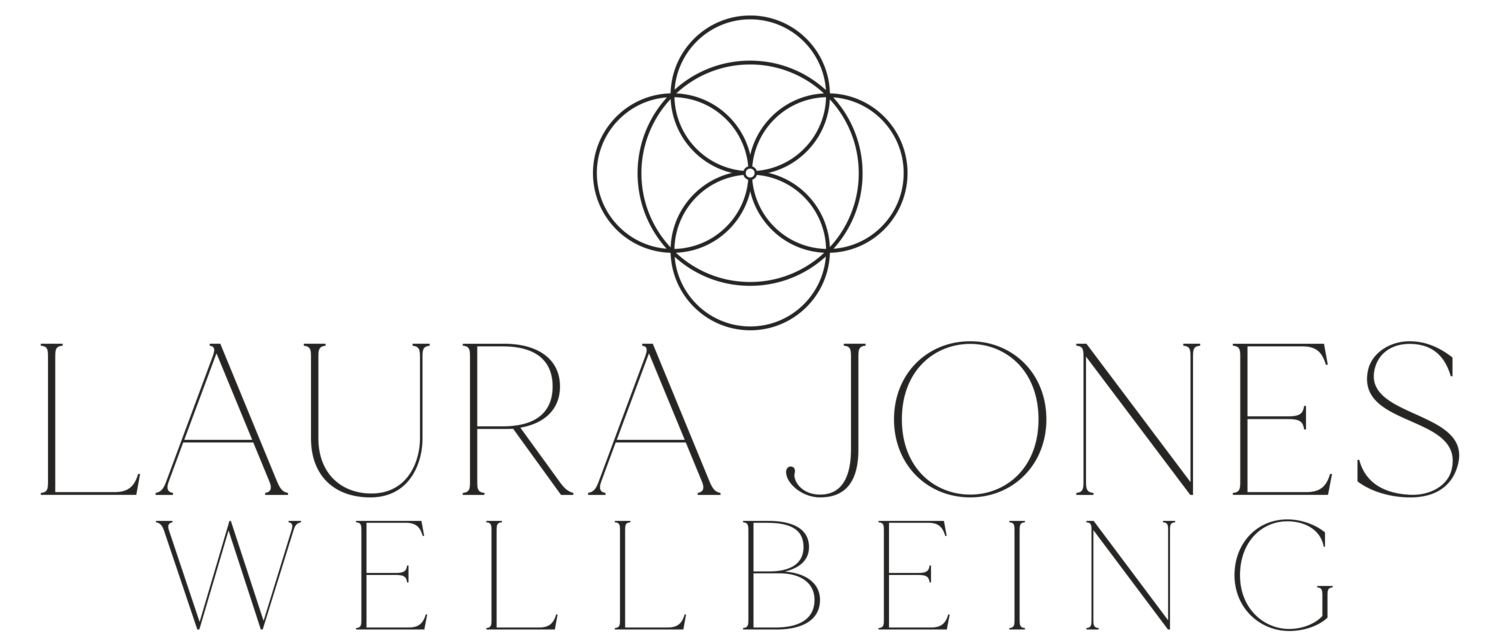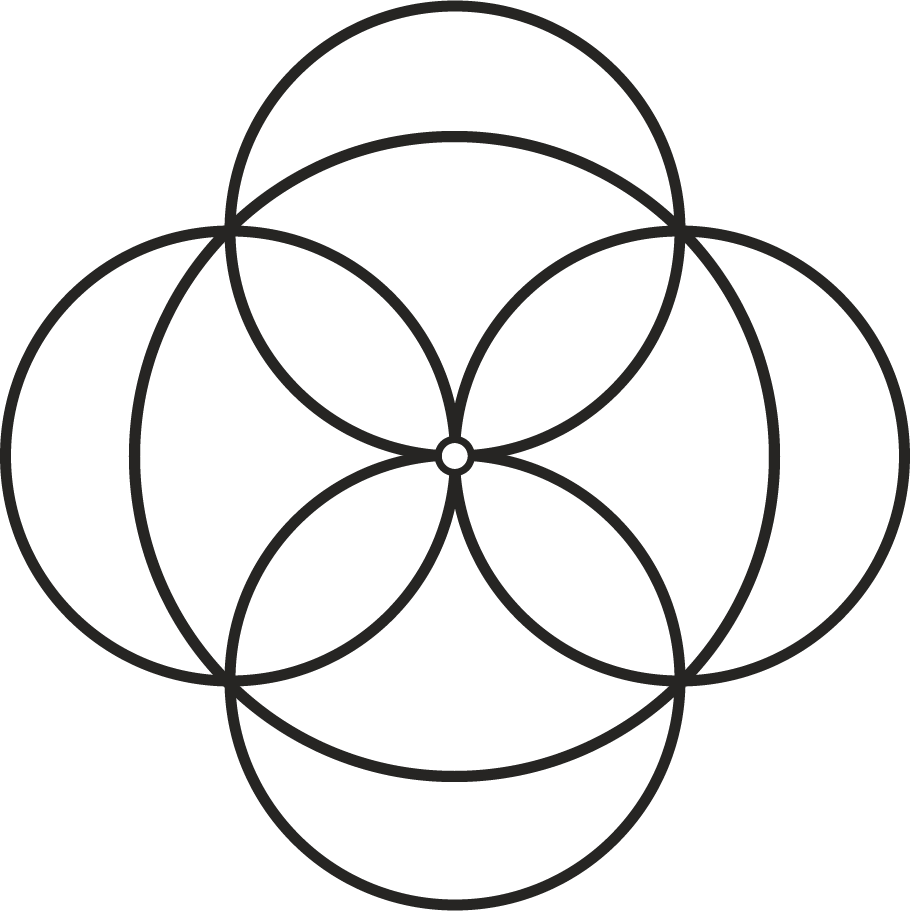
Endometriosis
Endometriosis & Acupuncture
Endometriosis is a chronic condition characterised by growth of endometrial tissue in sites other than the uterus, most commonly in the pelvic cavity, but also in other parts of the body (RCOG 2006).
This ectopic tissue responds to the hormonal changes of the menstrual cycle, with subsequent bleeding, inflammation, and pain. If the ovaries are affected, endometriotic ovarian cysts may develop (Bulun 009). Although the condition may be asymptomatic, common symptoms include dysmenorrhoea, dyspareunia, non-cyclical pelvic and abdominal pain, and subfertility (RCOG 2006). When endometriosis remains untreated, the disease progresses in around a third of women, but seems either to resolve or does not progress in the rest (DTB 1999). The prevalence is estimated to vary from 2-22% of women and, in women with dysmenorrhoea, the incidence of endometriosis is 40-60% (Johnson 2007).
The cause of endometriosis is not known, but several factors are thought to be involved in its development. These include retrograde menstruation; embryonic cells giving rise to deposits in distant sites around the body; an abnormal quantity or quality of endometrial cells; failure of immunological mechanisms; angiogenesis; and the production of antibodies against endometrial cells (Gazvani 2002, Rock 1992, Seli 2003, Kyama 2003, Oral 1996).
Pain due to endometriosis can be functional, neuropathic, due to inflammation, or result from a combination of these. It may be evoked by a low intensity, normally innocuous stimulus (allodynia), it may be an exaggerated and prolonged response to a noxious stimulus (hyperalgesia), or it may be spontaneous in the absence of any apparent peripheral stimulus (Lundeberg 2008). In addition, oestrogens and prostaglandins probably play key modulatory roles in endometriosis and the pain it causes (Lundeberg 2008). Consequently, current medical treatments for the condition include drugs such as NSAIDs, combined oral contraceptives, progestogens, androgenic agents and gonadotrophin releasing hormone analogues, as well as surgical excision of endometriotic lesions. However, management of pain in women with endometriosis is often inadequate.
It has been shown that acupuncture treatment may specifically be of benefit in people with endometriosis by:
Pain Relief
by stimulating nerves located in muscles and other tissues, acupuncture leads to release of endorphins and other neurohumoral factors, and changes the processing of pain in the brain and spinal cord (Zhao 2008, Han 2004, Zijlstra 2003, Pomeranz 1987).
Reduced Inflammation
by promoting release of vascular and immunomodulatory factors (Kavoussi 2007, Zijlstra 2003).
Regulated Prostaglandins
regulating levels of prostaglandins (Jin 2009)
Systemic Balance
combining acupuncture with Chinese herbal medicine for endometriosis has been shown to down-regulate the abnormal increase of matrix metalloproteinase-2 (MMP-2) levels that is associated with ectopic activity of endometrial cells. The treated subjects had reduced areas of ectopic tissue (Chen 2008). MMP-2 is required for the anchoring of the placenta to the uterine wall in pregnancy but over-production can lead to endometriosis.
If you are struggling with endometriosis book in today to find out how we may be able to help you
(Free 15 minute consultations available)
CANCELLATION POLICY
Please give a minimum of 48 hours notice to change or cancel an appointment or the full appointment fee will be charged. Packages of treatment are valid for 12 months and are non-refundable. Debit/ Credit card details or Payment may be taken at booking to secure your appointment


